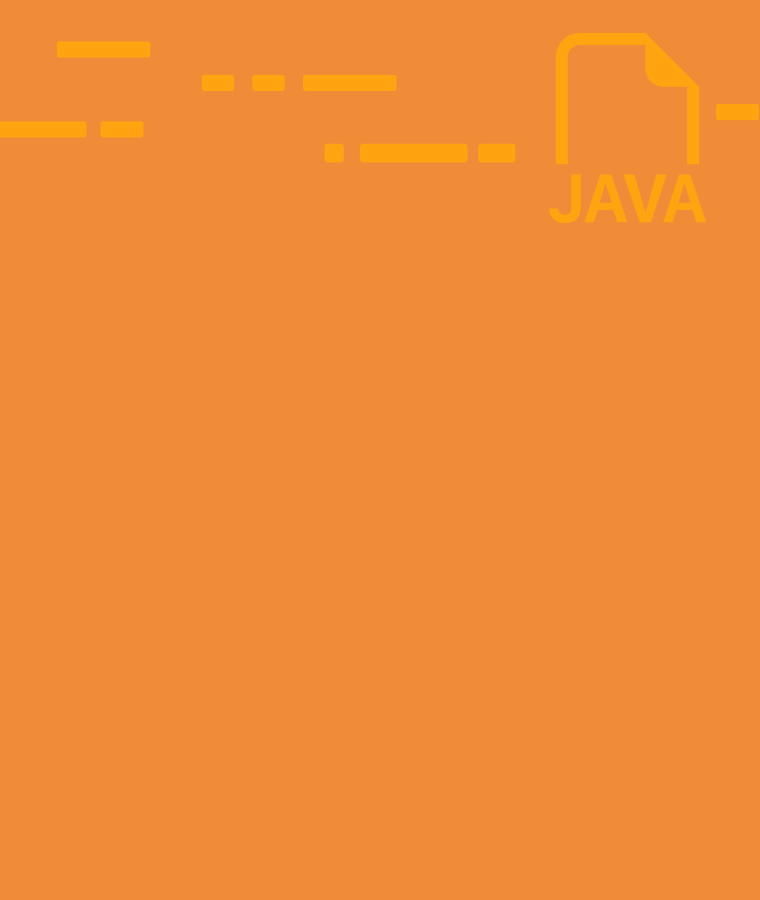
What is MongoDB & What Are Its Benefits?
You’re probably familiar with SQL databases if you work with large amounts of data. But do you get stuck because of rigid constraints and high costs? While SQL databases are useful, you might run into problems when storing large amounts of data — that’s where MongoDB can help!
MongoDB provides a unique data model which allows developers to take full control over how they manage their data. This is how you can flexibly achieve your data goals.
This blog will discuss everything you need to know about MongoDB. We’ll cover what MongoDB does, how it works, and the benefits you can get from using Mongo.
What Is MongoDB?
MongoDB is an open-source database that was designed for storing JSON documents. JSON (JavaScript Object Notation) is a format for representing data. It is derived from JavaScript scripting but is language-independent, and many different programming languages support it. This makes it easier for developers to code without worrying about SQL queries.
MongoDB first became popular in the middle of the 2000s. Several companies, including Facebook and eBay, use it today. They mostly use it to store large amounts of data, such as user profiles, customer reviews, etc. Developers have also used MongoDB for storing information about the stock market.
MongoDB Architecture
A MongoDB database’s basic structure is divided into these sections:
Documents
MongoDB uses documents to store BSON records. BSON stands for binary representation of JSON documents in this context, even though BSON has a wider range of data types than JSON. Field-value pairs or key-value pairs generate the document. Also, any BSON type can be used as the field value.
Each document has a set of fields that describe the data stored in the document.
Collections
Collections are groups of documents that serve the same purpose as relational database tables. Data in a collection can’t be dispersed across databases, even though collections can contain any type of data.
Mongo Shell
The Mongo shell is the command line interface to the Mongo database. Mongo shell offers a lot of functionalities, such as creating indexes, dropping indexes, and many more. You can also perform complex queries using Mongo Shell.
The Mongo shell is one of the most important tools for MongoDB developers. It allows you to run commands directly on the MongoDB server without writing any application code.
The open source MongoDB distributions come bundled with the mongo shell. You can connect the Mongo shell to your active MongoDB instances after installing MongoDB. It’s an interactive JavaScript interface.
The NoSQL DBMS (MongoDB) uses a single master architecture for data consistency. It provides backups of the primary database that are kept in secondary databases. In case of a failover (when the primary node fails), secondary databases back up the operations.
How does MongoDB Work?
MongoDB is a NoSQL tool that does not use the distinct rows and columns that connect to relational database management. Instead, the design of MongoDB is based on collections and documents.
A set of key-value pairs serves as the fundamental data unit in this database. It allows documents to have various fields and formats. BSON is a document storage format used by MongoDB (a binary style of JSON documents).
MongoDB’s adaptable data model enables users to integrate and store various forms of data. Also, you don’t need to sacrifice robust indexing, data access, or validation criteria. This means there will be no downtime when a programmer wants to adjust the schemas.
MongoDB Features
- Schema-less Database: The schema of data in MongoDB is flexible. It means you can store any data, like documents, images, audio, etc., in it. You also don’t need to define the schema beforehand. The database is created based on the stored data type.
- Indexing: Indexes improve performance by increasing query speed and optimizing reads and writes. In MongoDB, indexes are created when you insert data into a collection or update existing documents.
- Replication: Replication allows you to have several copies of your data spread across many servers. It provides high availability and fault tolerance.
- Aggregation: Aggregation refers to operations that combine many documents into one result set. These involve finding average sales per customer or top-selling items from an inventory list.
- Distributed Data Platform: MongoDB provides ever-increasing new levels of availability and scalability. MongoDB scales in response to changing data volume and throughput. It doesn’t face downtime nor requires an existing application change. Above all, MongoDB provides a level of consistency.
Advantages of MongoDB
The last thing to understand is the benefits MongoDB offers businesses and website managers in various areas. We now understand the fundamental structure of MongoDB as well as its most practical and convenient features.
Here are a few of the database platform’s key benefits:
- Stores data as JSON-based documents: The data of MongoDB is stored as documents. These are a collection of key-value pairs. This makes it easy to query the database using just JavaScript code. JS code makes it ideal for web applications.
- Ease of access: MongoDB provides easy access to data using JavaScript. You can use it in any web or mobile application development platform. The developers do not need to write complex SQL queries. However, they can use simple JavaScript commands like findOne() or findAndModify(). The query language used by MongoDB for accessing data is called Mongo shell. It is similar to the command prompt in the windows operating system. Also, you can type in commands and execute them one by one.
- Easy scalability: MongoDB is highly scalable and easily supports horizontal scaling. It’s different from relational databases.
- Provides tools to manage MongoDB databases: You can use the mongo shell or a GUI tool such as Robomongo to create and manage databases.
- Supports dynamic schema: You don’t need to define it upfront. It is created when you store a document in a collection. This makes it easier to use than relational databases like MySQL. You just have to define your tables before using them.
How Do You Learn To Use MongoDB with Sololearn?
It is best to start by studying foundational languages. Start with C++ or JavaScript to grasp the underlying code. We understand that database architecture can be intimidating for new programmers to master. However, enrolling in online coding programs is the best way to get enough knowledge about MongoDB. This will help you understand the fundamental principles of languages. It will also help in understanding the essentials of database architecture.
After becoming familiar with MongoDB’s basics, the next step is to create a test project. You will discover the platform’s capabilities and constraints. You can practice using queries and working with databases. Practice coding challenges, code playgrounds, and other similar “hands-on” activities.


